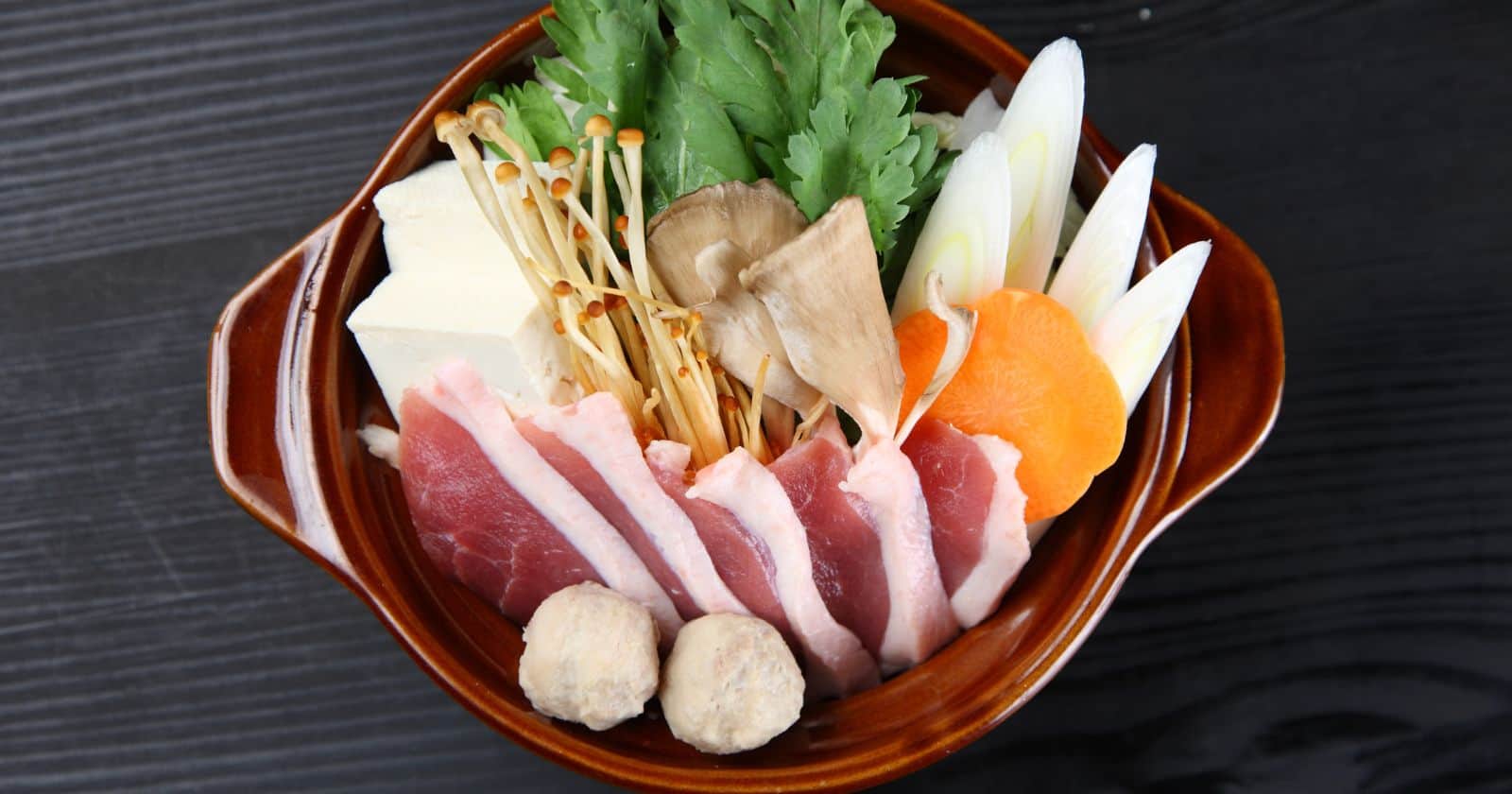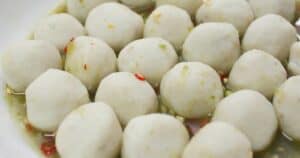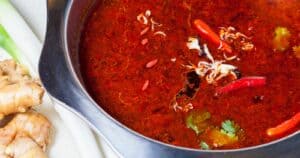You and your friends are gathered around a bubbling pot filled with broth, meats, and vegetables, ready for an evening of cooking, eating, and bonding. As you dip ingredients into the simmering liquid, you debate which Asian country hot pot originated from. Some argue Japan as the source, while others insist China.
This interactive, communal dining tradition has roots in both nations, with early versions dating back hundreds of years. Regional Chinese hot potStyles evolved based on local ingredients and cooking methods. Meanwhile in Japan, similarities exist between hot pot and longtime dishes like shabu shabu.
While both countries have legitimate claims for inventing this meal, China arguably has the earliest evidence of hot pot style cooking. Dipping cooked meats in boiling pots traces back to Mongol warriors in the 13th century. The technique allowed them to quickly and conveniently prepare food while on the move.
From these ancient beginnings, hot pot proliferated and took on new forms across China’s provinces. It rose in popularity in Japan centuries later, bringing people together over bubbling broths in modern times. So whether you’re team Japan or China, we can agree that hot pot makes for fantastic shared memories today no matter its original source. Now let’s dig in!
Evidence of Early Hot Pot in China
Food historians trace hot pot’s beginnings in China back to Mongol warriors in the 13th century during the Yuan Dynasty.
Cooking Method of Nomads
The Mongol armies needed a means of quickly preparing meals while traveling. Lowering pots of water or broth over a fire and cooking thin slices of meat in them proved an efficient cooking technique. The use of boiling liquid for dipping cooked meats is considered a rudimentary form of hot pot.
Regional Variations Emerge
As hot pot spread across China, localized versions developed based on available local ingredients, cooking styles, and customs. Regional Chinese hot pot variations include:
- Sichuan – Spicy broth with Sichuan peppercorns and chilies. Common ingredients are beef, tripe, and cabbage.
- Chongqing – Also spicy with Sichuan pepper but often contains more beef and mushrooms.
- Hubei – Light broth spiced with ginger, garlic, and fermented soybean paste.
- Zhejiang – Mild, fresh broth highlighting seafood like shrimp and yellow croaker fish.
Why China Stakes the Claim
The evidence of Mongolian roots and diverse regional styles supports China’s claim as the original home of hot pot. The techniques align with Chinese cooking methods and ingredients more than those of Japan.
When Did Hot Pot Develop in Japan?
While China’s hot pot history extends back many centuries, Japan’s is relatively newer. But it still has some key historical points.
Links to Shabu Shabu
Shabu shabu is considered one of the early forms of hot pot in Japan. It emerged in the 20th century during the Meiji Era as something inspired by Chinese sukiyaki. The thin slices of meat swished briefly in hot broth resemble China’s hot pot style.
Modern Revival and Rise
Hot pot faded in Japan for decades until a 1956 exhibition repopularized the dish. After this, hot pot restaurants proliferated in cities like Tokyo and Osaka. The surge of chains specializing in shabu shabu and other hot pot dishes made it mainstream.
Regional Styles
Some regions of Japan also developed their own hot pot varieties:
- Hokkaido – Broths made from kelp and salmon.
- Okinawa – Soups with pork bone and bitter melon.
- Nagasaki – Strong Chinese influence with seafood.
While Japanese hot pot has some distinct regional diversity today, its origins are much more recent than China’s ancient versions tracing to the 1200s.
Comparing Key Traits of Hot Pot in Each Country
Looking closer at ingredients, broths, cooking methods, and customs reveals key distinctions between Chinese and Japanese hot pot styles.
Chinese Hot Pot
- Strong focus on meat, offal, and seafood.
- Spicy, numbing, or garlic/ginger/fermented bean based broths.
- Lots of green vegetables like bok choy, mushrooms, and napa cabbage.
- Emphasis on dipping sauces like sesame paste and chili oil.
- More DIY – diners season and combine ingredients.
- Seen as everyday, casual food.
Japanese Hot Pot
- More emphasis on thinly sliced meats like beef and pork.
- Broths tend to be milder, kombu/bonito or soy sauce based.
- Root vegetables like radish and chrysanthemum greens more common.
- Fewer dipping sauces, more ponzu, goma dare, and ponzu.
- Ingredients pre-seasoned and combined by chef.
- Perceived as more upscale.
These trait comparisons reveal how Chinese and Japanese hot pot differs based on local tastes, ingredients, and food culture.
Verdict: China is the Original Birthplace
While Japan adapted hot pot to its own style and helped popularize it globally, evidence points to China as the original source centuries earlier. Below are some key reasons:
- Earliest accounts of dipping cooked meat in boiling pots trace to Mongolian warriors in China.
- Many distinct regional Chinese styles developed over hundreds of years.
- Ingredients and broth types align more closely with traditional Chinese cuisine.
- Japan’s modern revival came much later in the 1900s.
That said, China and Japan both played key roles in shaping hot pot into the beloved dish it is today. No matter which country you view as the originator, we can all agree that this communal, interactive dining tradition unites people for a fun, delicious experience. The beauty of hot pot is bringing friends and family together to relax, catch up, and have an unforgettable meal.
Popular Hot Pot Ingredient Combinations
While preparing hot pot, don’t forget to include a well-balanced array of flavors, textures, and ingredients. Here are some tasty combos to try:
Japanese-Style
- Thinly sliced beef or pork + udon noodles + shiitake mushrooms + baby bok choy
- Salmon sashimi + cod fish balls + fresh shiitake + carrots + glass noodles
- Chicken breast + tempura vegetables + enoki mushrooms + chrysanthemum greens + tofu
Chinese-Style
- Sliced lamb + Chinese cabbage + wood ear mushrooms + vermicelli noodles + spinach
- Shrimp + shiitake mushrooms + sliced lotus root + napa cabbage + rice cakes
- Thinly sliced beef + bok choy + glass noodles + black fungus mushrooms + broccoli
The possibilities are endless when it comes to crafting a delicious, healthy, and well-balanced hot pot. Be adventurous and have fun with the ingredients!
Hot Pot Origins – FAQs
What is the main difference between Chinese and Japanese hot pot?
The main differences are the broth flavors, with Chinese being more spicy, numbing, or garlic/ginger based. Japanese broths tend to be lighter using kombu, bonito, soy sauce, or miso.
Which country uses more dipping sauces with hot pot?
China has a stronger emphasis on dipping sauces and condiments like sesame paste, chili oil, garlic, and fermented bean pastes. Japanese hot pot uses fewer sauces besides ponzu, goma dare, and sesame.
What meats are most common in Chinese hot pot?
Chinese hot pot makes greater use of beef, offal, seafood, and lamb. Japanese hot pot focuses more on thinly sliced pork and beef.
Do both countries cook hot pot at the table?
Yes, cooking raw ingredients tableside in a simmering pot is fundamental to hot pot in both China and Japan. This interactive, communal dining style defines hot pot.
Which country’s hot pot is spicier?
Chinese hot pot is much more likely to have numbing, tongue-tingling





